It never makes sense to jump into the tracks. It doesn’t make sense to retrieve an iPod or a wallet, keys or a water bottle. Yet, over the last few months, a handful of straphangers have done just that, often with tragic results. Just last Friday, in fact, an N train killed a man who jumped into the track bed in Astoria to help his companion retrieve a jacket. Over the course of a year, nearly 90 are struck by trains, and most of those accidents occur when people value their material items over their lives.
Today, in The Times, Michael Grynbaum and Rebecca White explore track-jumpers. Some people laugh off the danger as the cost of living. “I can either pay $300 for a new Blackberry, or I can jump down on the track,” Sean Frawley told the paper. Others — and those at New York City Transit — underscore the foolishness of jumping onto tracks that are deeper than they appear. “It’s just not worth taking the risk,” Transit spokesman Paul Fleuranges. “In one instant the coast looks clear, and you think you can hop down, retrieve your item and hop back up. In reality, it’s not that simple.”
The lesson, of course, is an obvious one: It just isn’t worth it. I’d rather see my iPod or jacket run over by a train than my leg or entire body. But if Darwin is going to rule the day, the subway train tracks are a great place to find him.
Addendum: New York City Transit has covered this topic in its TransitTrax podcast series. The transcript of their pro-safety piece is available here, and you can grab the audio right here. Transit officials say workers respond to approximately 12-15 calls per day from straphangers who have dropped their iPods or wallets on the tracks.
Podcast: Play in new window | Download
Subscribe: RSS

 Since late March, when three suspects in an on-board stabbing were not caught on tape because the cameras at Christopher St. aren’t working properly, the MTA’s nascent surveillance system has come under fire. The authority, critics say, has spent tens of millions of dollars on a system that doesn’t work and is three years behind schedule. With a mixture of terrorist threats, station agent dismissals and booth closures fresh on the minds of New Yorkers, the failed camera program has become a very convenient scapegoat for those who worry about the safety of the city’s straphangers.
Since late March, when three suspects in an on-board stabbing were not caught on tape because the cameras at Christopher St. aren’t working properly, the MTA’s nascent surveillance system has come under fire. The authority, critics say, has spent tens of millions of dollars on a system that doesn’t work and is three years behind schedule. With a mixture of terrorist threats, station agent dismissals and booth closures fresh on the minds of New Yorkers, the failed camera program has become a very convenient scapegoat for those who worry about the safety of the city’s straphangers.














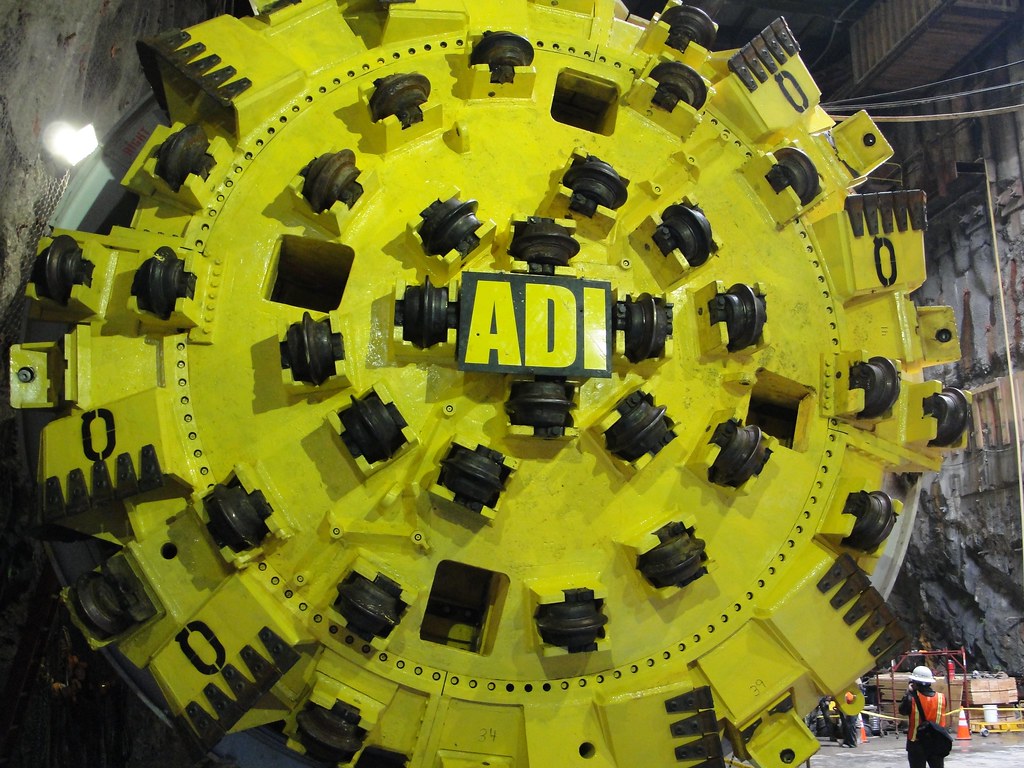
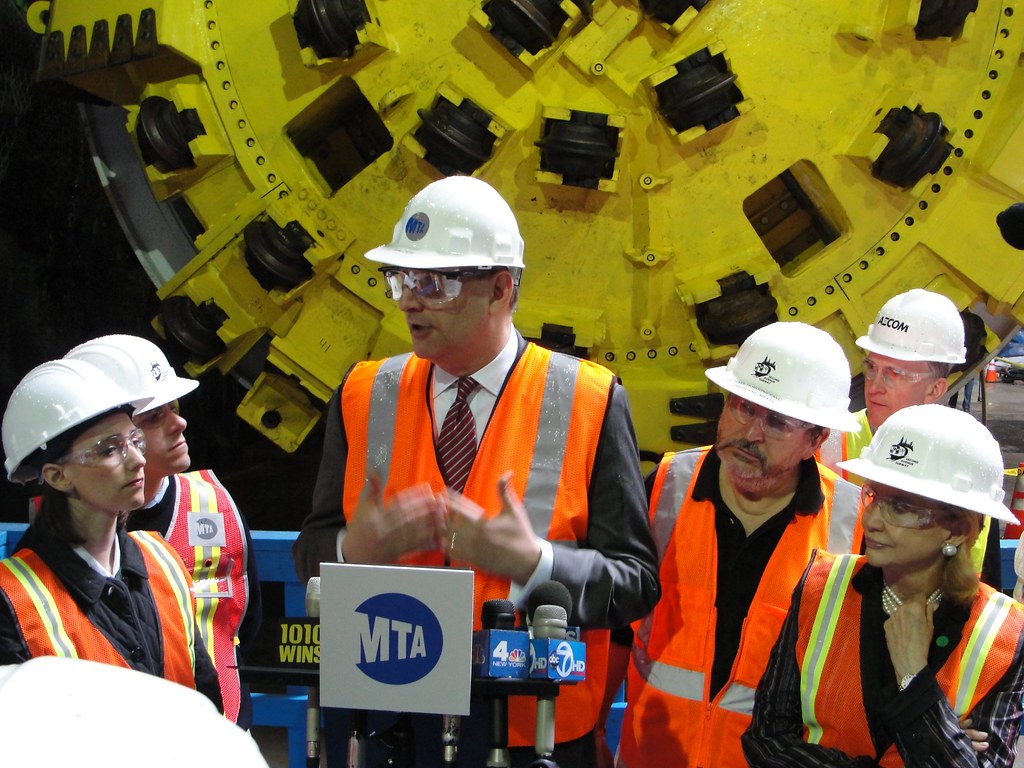

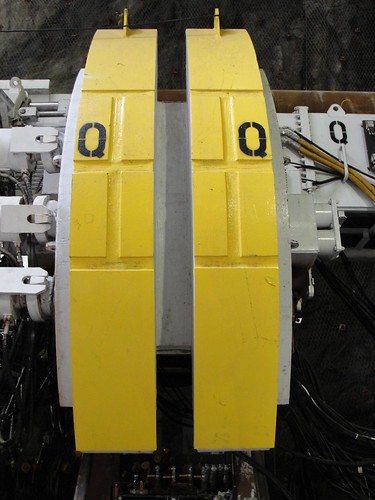
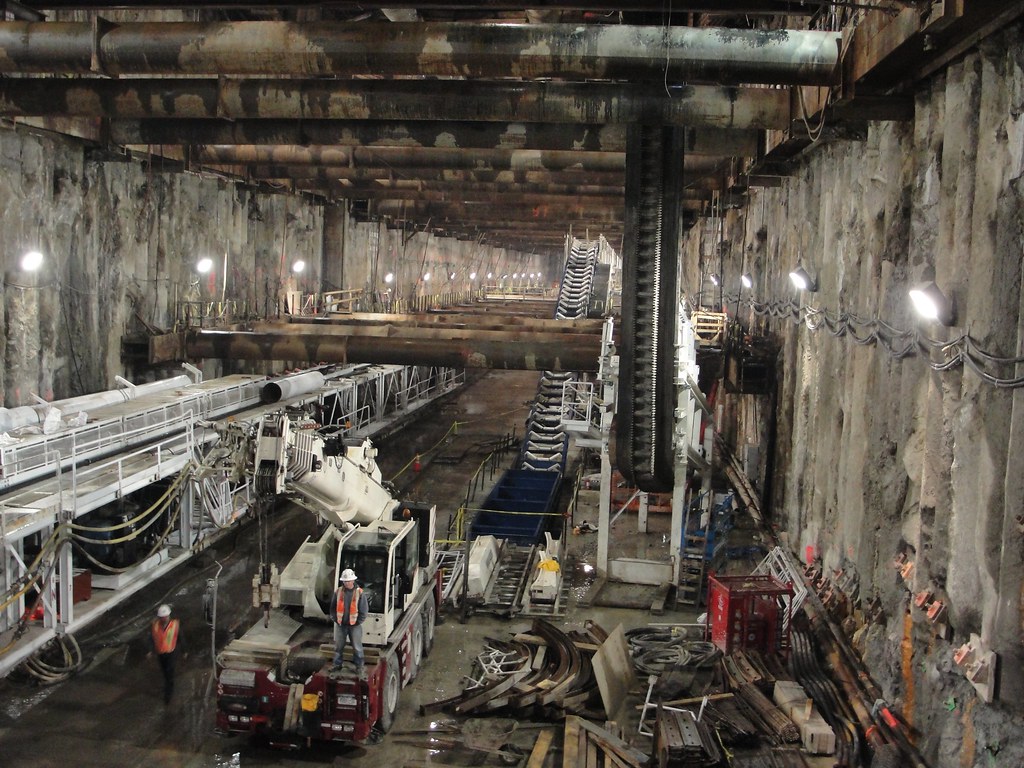
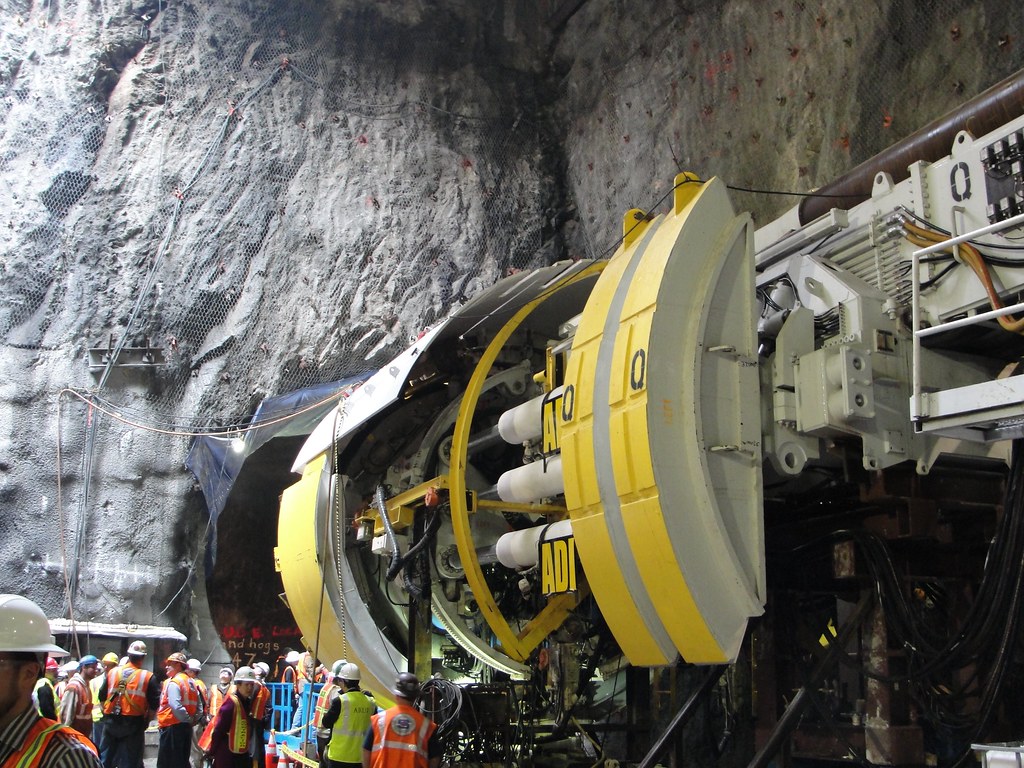

 Earlier this afternoon, MTA CEO and Chair Jay Walder along with new MTA Bridges & Tunnels President Jim Ferrara spoke to reporters about this agency’s plans for budget reductions and cost savings. It was another in the MTA’s ongoing attempts to close a massive budget hole, and as Bridges & Tunnels is the only agency that turns a profit, I was intrigued to hear about the authority’s plans for it.
Earlier this afternoon, MTA CEO and Chair Jay Walder along with new MTA Bridges & Tunnels President Jim Ferrara spoke to reporters about this agency’s plans for budget reductions and cost savings. It was another in the MTA’s ongoing attempts to close a massive budget hole, and as Bridges & Tunnels is the only agency that turns a profit, I was intrigued to hear about the authority’s plans for it.  Since the FBI stopped Najibullah Zazi and his co-conspirators from carrying out a potential terrorist attack on the New York City subway system, New Yorkers have had to come to grips with the
Since the FBI stopped Najibullah Zazi and his co-conspirators from carrying out a potential terrorist attack on the New York City subway system, New Yorkers have had to come to grips with the